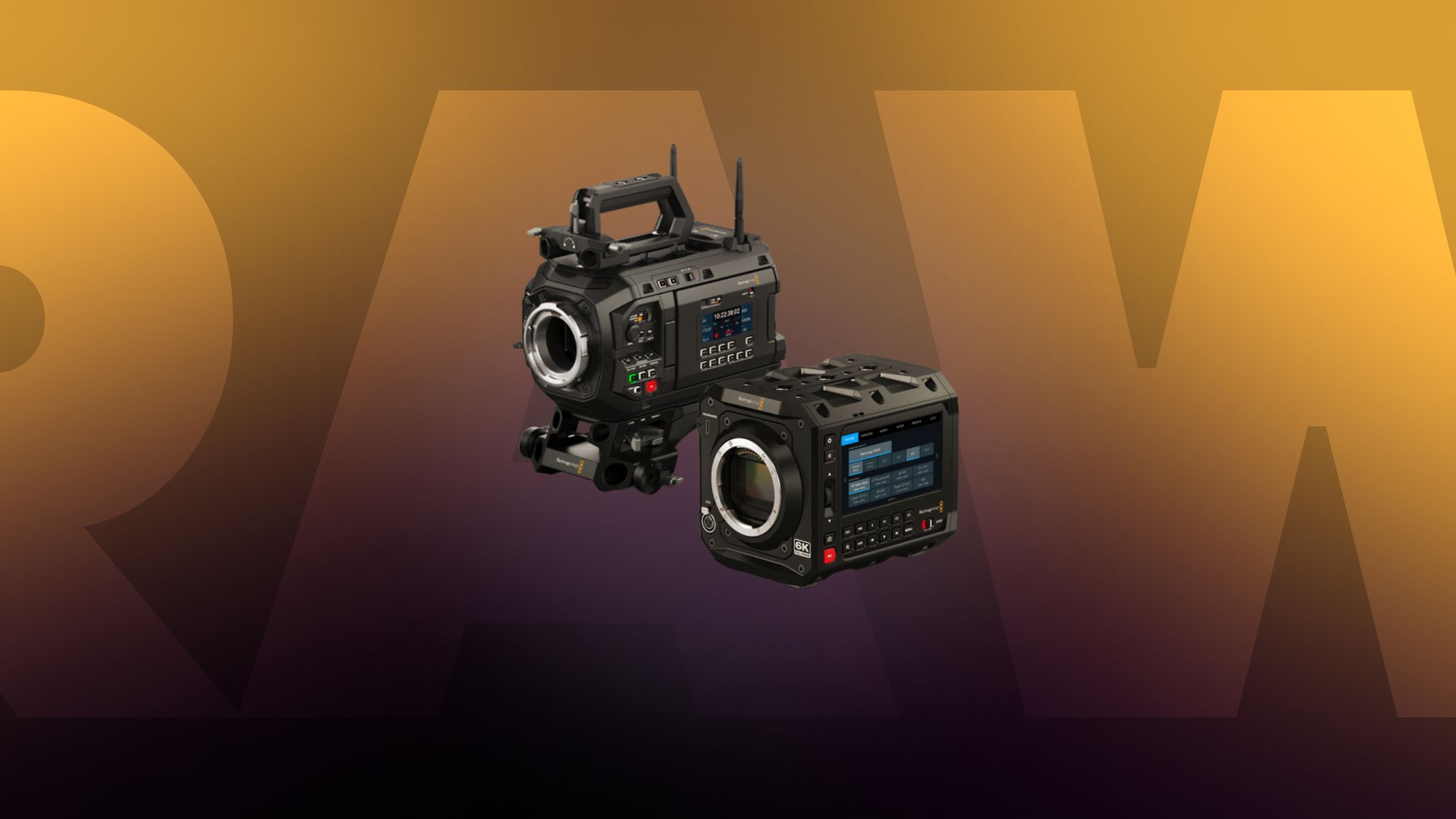New Cameras!

Hey everyone! It's summertime, so it's traditionally a time for many camera updates to land. In the last few months, we've been collecting a bunch. Today, we’re releasing updates for both EditReady and FoolCat. Besides support for SONY Burano, RED’s V Raptor [X], CODEX HDE MXF, and the new BlackMagic Design cameras, we’ve added some extra quality-of-life features to EditReady:
EditReady 23.4 has a new scaling breakthrough feature, allowing you to convert RAW files way faster by setting the new Scale Quality options. By selecting the Good (Fastest) in “Additional Options > Frame Resizing > Scale Quality,” you can speed up your scaling transcodes considerably. For RED users, we improved the processing speed of spanned clips significantly.
To top it off, FoolCat now shows Scene/Take metadata for BRAW clips.
Sony
Sony has done it again: the new Burano is a smash hit. Like with Venice, adoption is swift, so we're happy to release full support for it today.
While the Burano shares some DNA with the Venice series, it introduces new features and makes some compromises to achieve its smaller size and lower price point. It's designed to offer Venice-like image quality in a more versatile package for different production scenarios. The Burano has a significantly lower price than Venice, so we can see it quickly becoming the go-to rental camera.
The Burano has a variable ND filter, in-body stabilization for PL lenses and E-mount glass, and a 16:9 sensor; Venice has a 3:2 sensor. From a media perspective, this camera is Sony's entry into CFExpress Type B, which is a big step up from using AXS media. CFExpress B makes it capable of recording X-OCN LT, which, for many people, offers plenty of RAW quality. If you're looking for a higher-quality X-OCN flavor, Venice 2 is still the go-to.
RED
In the meantime, RED has been busy getting acquired by NIKON. That hasn't kept them from releasing the V Raptor [X]. Sporting an all-new 8K global shutter sensor and 17 stops, it also brings 600 fps frame rates for serious slomo and high-speed cinematography. On top of that, upgrades focused on virtual production, better audio preamps, and improved contrast and exposure flexibility make the V Raptor [X] a great next step for RED.
Blackmagic Design
Blackmagic, or BMD, announced two new cameras at NAB: the PYXIS and the new URSA Cine 12K LF. The 17K version hasn't landed yet, but it's likely to be available before the end of this year. BMD also added support for the Panasonic GH7 recording BRAW and the Fujifilm GFX100S II. In addition, the Video Assist 12G HDR now also supports both those cameras. On top of that, in our FoolCat and EditReady 24.4 releases we improved support for the Cinema Camera 6K.
CODEX
For a long time, recording ARRIRAW has required using CODEX recorders to cope with the immense amount of data coming off the sensor. A few years ago, CODEX invented a new algorithm that creates much smaller ARRIRAW frame-based video files: High-Density Encoding ("HDE"). Due to bandwidth requirements, CODEX-recorder footage has always been frame-based, but working with frame-based footage isn't exactly a pleasure. ARRI now has licensed HDE and put the algorithm inside their cameras, resulting in a neat HDE-encoded MXF clip. That's much easier to offload (as frame-based eats up your file system's bandwidth) and easier to work with, as each clip is just a single file instead of thousands and thousands. Both EditReady 24.4 and FoolCat 24.4 support decoding these files into proxies with all required color science.
Peak Resolution
12 years ago, BMD launched their first camera: the Cinema Camera. Since then, they have pushed the envelope both in terms of price and pixels; multiple times, they've been the first to push the boundary regarding the resolution cameras can record. BMD released the first 12K camera and has now announced the first 17K camera.
Judging a camera by the amount of Ks is a bit silly, as it doesn't say much about picture quality (although BMD isn't exactly lacking in that department either). However, looking back at how pixel density relates to price over a decade is interesting. Are cameras more affordable than a decade ago?

It turns out that more resolution does come at a price. Have we reached peak resolution already? Or will 2025 bring us a 20K camera?
